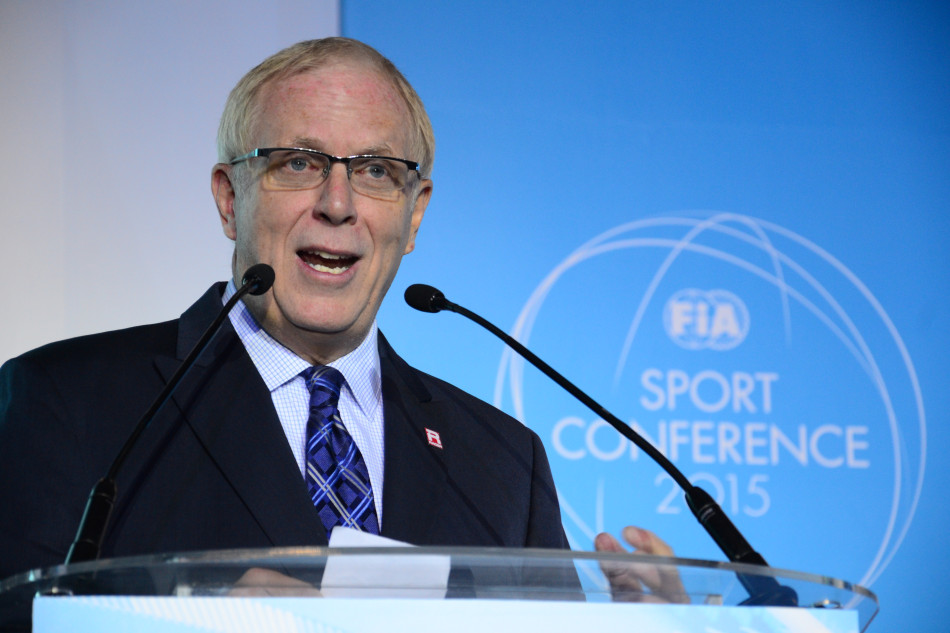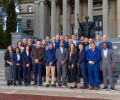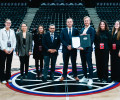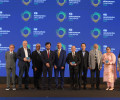What the motor sport world can learn from the US

Guests from across the Americas have spoken at length about the efforts that American motor sport goes to in encouraging fans to engage with the sport, and to get close to the action and stars.
Many of the speakers from the US spoke not only of their first experiences with the speed, sound and feeling of extraordinary race cars, but also of their first encounters with their racing heroes and the racing machinery driven by them.
Whether it’s staging fan-friendly driver introductions where drivers walk along a platform through the crowd at Daytona International Speedway, or the many autograph sessions and festival atmosphere of Gasoline Alley at Indianapolis, motor sport in America actively promotes a culture of inviting fans to ‘get amongst’ the action at the track.
It’s something that some people feel is lacking in some categories in other parts of the world.
“What they really need to work on in F1 a lot – it won’t be easy because they always want to keep it as this exclusive thing – but to grow in places like Mexico, they really need to give more access to the fans,” said IndyCar star, Juan Pablo Montoya.
“The reason they failed in the US [in the early 2000s] was that – people went there and just stood in the grandstands, and a lot of those people would go and watch IndyCars, and they could go and walk around the cars and feel part of it.
“It’s never been like that in Formula One.”
On the conference’s second day on Thursday, speakers talked of the way American series welcome fans to all parts of a race; whether it’s the paddock, up close to the garages and cars, or at meet and greets with the drivers.
Scott Atherton, International Motor Sports Association (IMSA) President, says his organisation has gone to great lengths to ensure the premier sports car championship in the US is open to its fans.
“It comes down to one word – accessibility,” said Mr Atherton.
“For a typical Tudor Championship sports car event, you buy a ticket, you’re automatically in the paddock.
“Thirty minutes before the start of the race everybody that’s there is invited onto the grid.
“Many would say that’s insanity, how could you possibly put your cars at risk, how could you put your drivers, your teams in that environment.
“After the first couple of times they tried it the teams embraced it fully.
“The fans are so respectful; the most common thing you see is people on their cell phones saying ‘you won’t believe where I am right now’ – and it works; we have them for life at that moment.”
Paul Pfanner, founder of US magazine RACER, believes a culture of inclusion is central to how American motor sport leads.
“The thing that American motor sport does best, in my opinion, is that it welcomes people to participate, to engage, to become involved and to become fans,” said Mr Pfanner. “It’s really good at that.
“These things exist elsewhere in the world, but they’re really programmed into the culture of American motor sport.
“There are all these pathways where you really can become involved. That’s the engagement premise, and welcoming [fans]; it’s almost an invitation to young people.”
Many in attendance at the FIA Sport Conference 2015 hope that these qualities can be instilled in more motor sport around the world.

 Facebook
Facebook Twitter
Twitter






